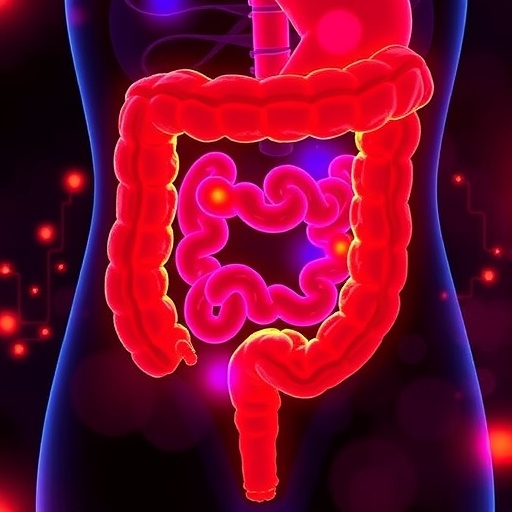Annapolis, MD; March 17, 2017–Fungicides commonly used in almond orchards can be harmful to almond growers' primary pollinator: honey bees.
According to new research to be published next week in the Entomological Society of America's Journal of Economic Entomology, the fungicide iprodione, when used alone or in combination with other common fungicides, leads to a significant reduction in the 10-day survival rate of forager honey bees (Apis mellifera) when they are exposed at rates common to usage in the field.
"Given that these fungicides may be applied when honey bees are present in almond orchards, our findings suggest that bees may face significant danger from chemical applications even when responsibly applied," says Juliana Rangel, Ph.D., assistant professor of apiculture in the Department of Entomology at Texas A&M University, and a co-author of the study.
Rangel and colleagues tested the effects of fungicides on honey bees via a wind-tunnel experiment, in which groups of honey bees were exposed to various dosage levels and combinations of fungicides, sprayed and carried through the wind tunnel at speeds simulating aerial crop dusting. They were then removed to separate habitats and monitored daily over a 10-day period. They tested an iprodione fungicide on its own and in combination with boscalid, pyraclostrobin, and azoxytrobin). The trials were repeated three times in September, October, and November 2015.
The results showed a significant increase in mortality rate among honey bees exposed to the fungicides compared to a control group. For instance, in two of the three trials, bees exposed to the recommended concentration of iprodione died at two to three times the rate of the unexposed bees after 10 days. The effect was even more pronounced when iprodione was combined with the other fungicides.
The exact reasons for fungicides' negative effect on honey bees is not well understood, the researchers note, though previous research has shown that some fungicides have heightened potential to persist in residual amounts in honey bee wax in hives.
The almond industry in California alone produces about 80 percent of almonds consumed worldwide, according to the Almond Board of California, and growers rely almost entirely on managed honey bees for pollination.
"Our results may help to encourage discussions on altering spraying regimes or perhaps finding different ways to apply chemicals in such a manner that takes the biology and behavior of pollinators into account," says Adrian Fisher II, lead author on the study and a doctoral student in Rangel's lab at Texas A&M.
.
###
"The Synergistic Effects of Almond Protection Fungicides on Honey Bee (Hymenoptera: Apidae) Forager Survival," by Adrian Fisher II, Chet Coleman, Clint Hoffmann, Brad Fritz, and Juliana Rangel, will be published in the Journal of Economic Entomology on March 21, 2017. Journalists may request advance copies via the contact below.
CONTACT: Joe Rominiecki, [email protected], 301-731-4535 x3009
ABOUT: ESA is the largest organization in the world serving the professional and scientific needs of entomologists and people in related disciplines. Founded in 1889, ESA today has over 6,000 members affiliated with educational institutions, health agencies, private industry, and government. The Society stands ready as a non-partisan scientific and educational resource for all insect-related topics. For more information, visit http://www.entsoc.org.
Journal of Economic Entomology publishes research on the economic significance of insects and is the highest-cited journal in entomology. It includes sections on apiculture and social insects, insecticides, biological control, household and structural insects, crop protection, forest entomology, and more. For more information, visit https://academic.oup.com/jee, or visit https://academic.oup.com/insect-science to view the full portfolio of ESA journals and publications.
Media Contact
Joe Rominiecki
[email protected]
301-731-4535 x3009
@EntsocAmerica
http://www.entsoc.org
############
Story Source: Materials provided by Scienmag




